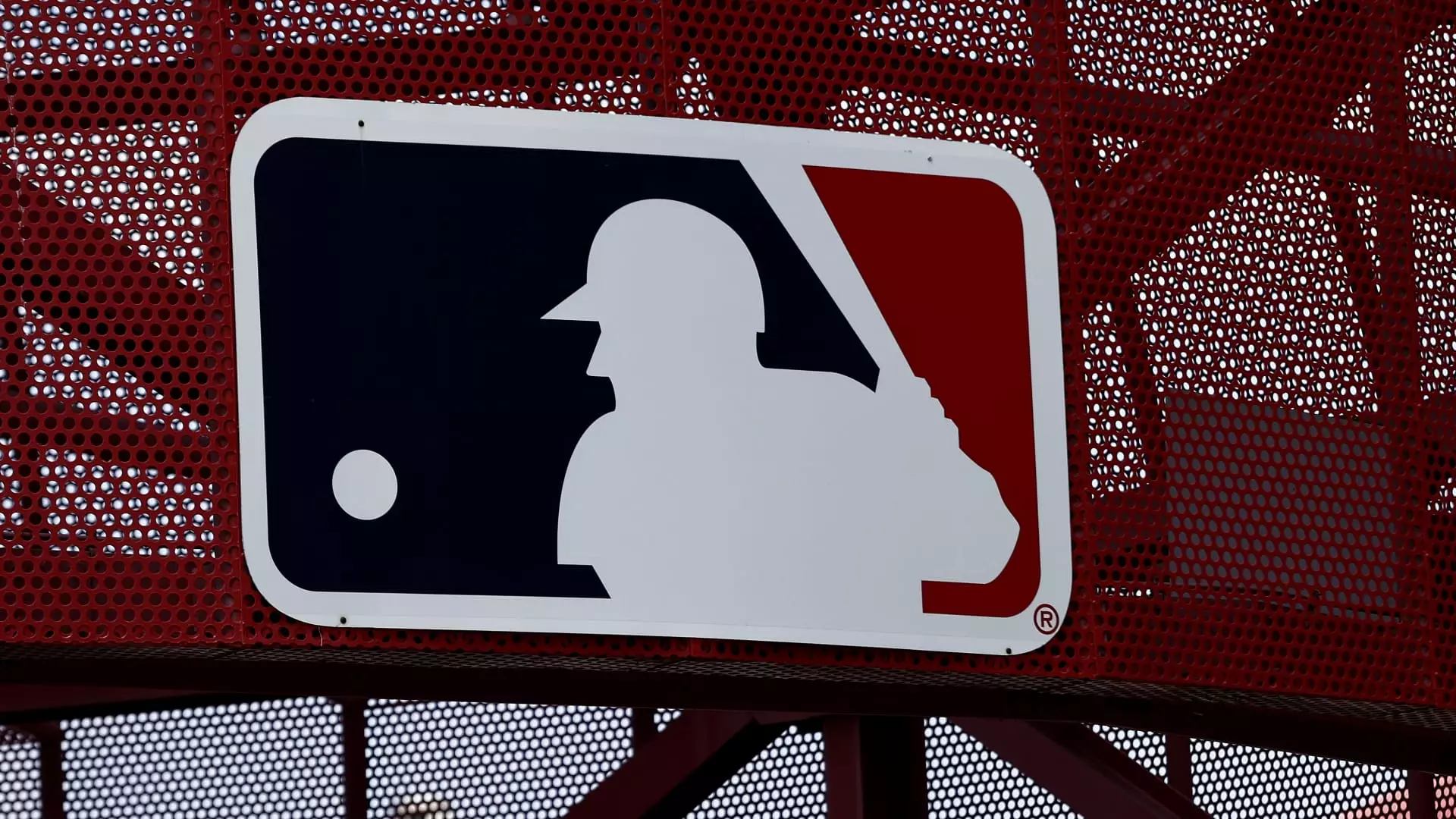The future of Diamond Sports Group, the nation’s largest owner of regional sports networks, is increasingly precarious, as highlighted by a recent filing in bankruptcy court. This document, submitted on a Friday, revealed significant objections from Major League Baseball (MLB) and the Atlanta Braves regarding Diamond’s proposed reorganization plan. Their concerns reflect a broader issue within the sports media landscape, revealing the fragile nature of regional sports networks in an era dominated by digital streaming services and evolving audience preferences.
Both MLB and the Atlanta Braves conveyed their “grave concerns” regarding the reorganization plan presented by Diamond Sports. They expressed skepticism regarding the effectiveness of the proposed strategy, indicating a “substantial likelihood” that the company could find itself in financial distress or bankruptcy in the near future. This revelation underscores a crucial misalignment between the interests of regional sports networks and the expectations of their partners in professional sports.
The filing highlights a key element of the objection: the perceived inadequacy of the restructuring plan. With 20 documents spanning 181 pages, the complexity raises red flags. The concerns shared by MLB and the Braves are not simply rooted in a lack of confidence; they suggest a deeper unease about the sustainability of Diamond Sports’ operational model amidst rapidly changing market conditions.
One of the most pressing factors fueling concerns from MLB and the Braves is the lack of transparency surrounding Diamond’s restructuring efforts. The attorneys representing Diamond have stated that the firm is constrained in what it can disclose due to confidentiality agreements with distribution partners such as pay-TV operators. This lack of clear communication hinders the ability of MLB and the Braves to make informed decisions regarding their own media rights and the viability of their partnership with Diamond.
The request for more transparency also extends to Diamond’s proposed commercial partnership with tech giant Amazon. As this partnership progresses, the details remain murky, creating confusion about how it will impact the existing frameworks of regional sports broadcasting. MLB and the Braves, like many stakeholders in the sports industry, are grappling with the need for clarity in an ever-evolving digital landscape.
In the context of declining traditional cable subscriptions, Diamond Sports faces the challenge of pivoting to direct-to-consumer models, a strategy that has gained traction amidst shifting consumer behaviors. However, MLB and the Braves are wary of how Diamond will successfully implement this approach. The growing concern over the fragmentation of viewership indicates a potential disruption that could further complicate Diamond’s financial recovery.
MLB has previously and persistently sought insights into Diamond’s financial strategies, reflecting a broader anxiety about the health of regional sports networks. The development of a sponsorship agreement with FanDuel for regional sports networks owned by Diamond indicates an attempt to diversify revenue streams, yet again raises questions about the overall solidity of Diamond’s business model.
The Broader Landscape of Regional Sports Networks
The situation surrounding Diamond Sports is far from an isolated incident. As teams like the St. Louis Cardinals and the Miami Marlins come to terms with Diamond over local media rights, others, such as the Cincinnati Reds, have stepped away from agreements with the company. This trend signals that other MLB teams are also re-evaluating their contracts with Diamond, favoring opportunities that either align more closely with their financial goals or mitigate risk in uncertain times.
The Braves, who are now part of the publicly traded Atlanta Braves Holdings after separating from John Malone’s Liberty Media, are in a unique position. Malone’s continued influence in the organization adds a layer of complexity to their strategic decisions concerning media rights negotiations. Despite the recent objections, there remains an underlying recognition that an amicable relationship with Diamond may still hold value for the Braves.
The objections raised by MLB and the Braves serve as a critical lens through which to examine the broader challenges facing regional sports networks in contemporary media. As these organizations seek to adapt to a changing landscape characterized by diminished cable viewership and incremental shifts towards digital streaming, the outcome of Diamond’s bankruptcy proceedings could have ramifications that extend beyond its walls. The fate of regional sports rights may hang in the balance, underscoring the necessity for clarity, adaptability, and a forward-looking approach to ensure stability in an industry fraught with uncertainty.

